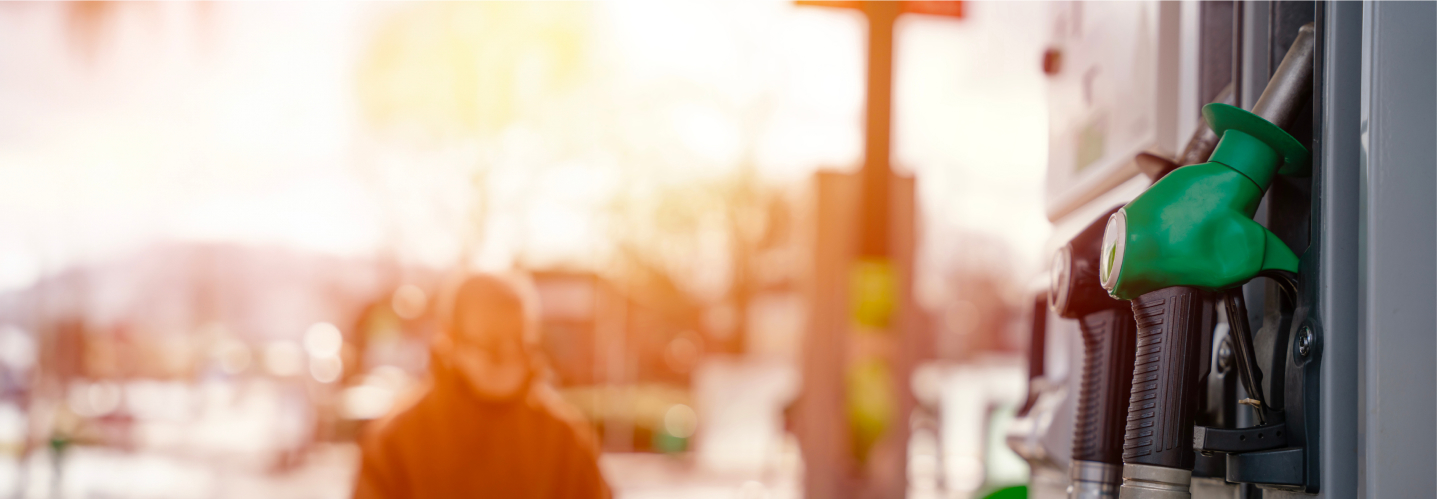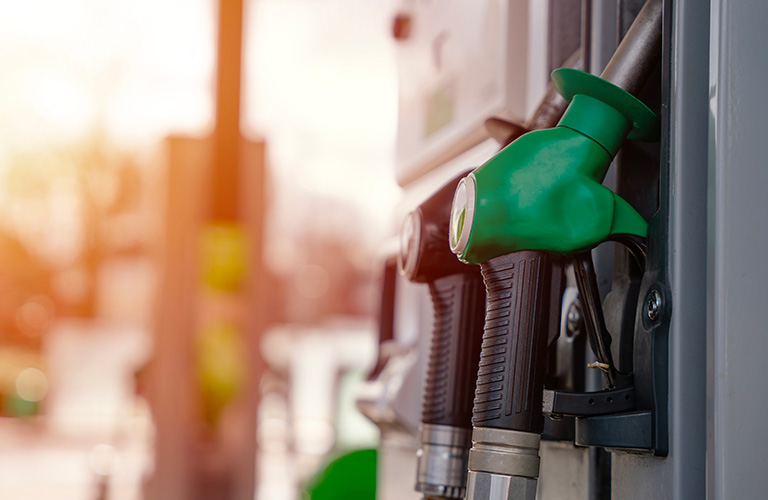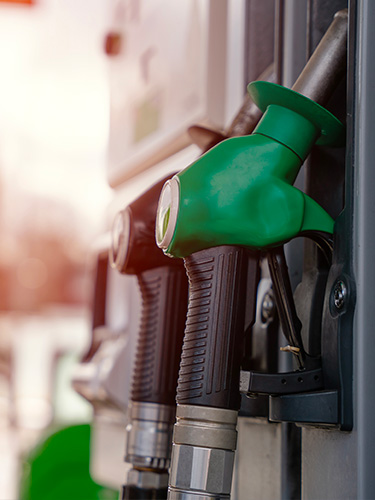


Fuels
Gasoline, diesel, methane, and LPG: find the refueling option that best suits your needs.
Gasoline
Unleaded Gasoline
It is a fuel composed of a mixture of hydrocarbons produced in a refinery using various techniques (distillation, isomerization, alkylation, reforming, cracking). It is intended for internal combustion engines with spark ignition, i.e., gasoline engines.
The super unleaded gasoline (Eurograde 95) meets the requirements of the European standard EN 228 and is used in vehicles equipped with a catalytic converter. The combination of a catalytic converter and unleaded gasoline has led to an over 80% reduction in emissions of regulated pollutants (NOx, CO, HC). Grade 95 indicates a gasoline with a 95 octane RON (Research Octane Number).
Diesel
Diesel
It is categorized into automotive diesel and heating diesel. Both are mixtures of hydrocarbons produced in refineries using various techniques (distillation, cracking, visbreaking). The specifications for automotive diesel are set by the European standard EN 590, while those for heating diesel are defined by the national standard UNI 6579.
Automotive Diesel
This product is used to power compression ignition engines, both the large, slow ones used in freight vehicles or in marine applications, and the small, fast ones installed in passenger cars. The formulation of diesel allows these engines to operate under a wide range of temperature and driving conditions: it ensures good operability at low temperatures, prevents paraffin deposition in the tank and on filters, and has good ignition properties, with limited smoke and pollutant emissions.
Heating Diesel
This type of diesel is intended for burning in thermal power plants. Due to the nature of its application, its characteristics (and their respective limits), which define its suitability for use, may differ from those of automotive diesel.
LPG
Liquefied Petroleum Gas (LPG)
It is a mixture of light petroleum fractions (propane and butane), obtained during the refining process, which have the property of being gaseous at atmospheric pressure and room temperature but become liquid under slight pressure.
LPG is used for combustion and as a fuel; the fact that it is in a gaseous state at the moment of use allows for excellent mixing with air, leading to more efficient combustion, reduced consumption, and lower emissions of pollutants.
The product used as a fuel meets the limits set by the European standard EN 589.
Check the map to find Q8 LPG distributors in Italy.
Methane
Compressed natural gas at 220 bar, methane is a less polluting fuel that can be used for cars and trucks.
It is a mixture of gases composed mainly of methane, but also other light hydrocarbons such as propane, butane, and traces of other gases, offering about 60% cost savings compared to gasoline: the energy contained in 1 kg of methane allows for 1.5 to 1.6 times more distance to be traveled. Among all fossil fuels, it boasts the highest ratio between developed energy and the amount of carbon dioxide emitted, having a lower impact on global warming.
Thanks to its extremely low pollutant emissions, natural gas vehicles are generally exempt from traffic bans and restrictions.
Check the map to find Q8 methane distributors in Italy.

